Looking for a quick, delicious meal? Try my Lemon Garlic Shrimp Pasta! This dish is simple to make and packed with fresh flavors. In just a few steps, you can enjoy a tasty dinner perfect for any day of the week. Whether you're a busy parent or just want a satisfying meal, this recipe is for you! Let's dive into the details and get cooking.

Why I Love This Recipe
- Fresh and Bright Flavors: This recipe combines the zesty brightness of lemon with the rich taste of garlic, creating a refreshing dish that's perfect for any occasion.
- Quick and Easy Preparation:
- Healthy and Satisfying: Packed with protein from shrimp and healthy fats from olive oil, this dish is both nutritious and filling, keeping you satisfied without weighing you down.
- Versatile for Any Occasion: Whether it’s a casual family dinner or a special date night, this Lemon Garlic Shrimp Pasta is impressive yet easy to prepare, making it a go-to recipe for any meal.
Ingredients
Complete List of Ingredients
To make lemon garlic shrimp pasta, gather these items:
- 8 ounces spaghetti or linguine
- 1 pound large shrimp, peeled and deveined
- 4 cloves garlic, finely minced
- 1 lemon, zested and juiced
- ¼ cup unsalted butter
- ¼ cup extra virgin olive oil
- ¼ teaspoon red pepper flakes (adjust based on your spice preference)
- Sea salt and freshly cracked black pepper to taste
- ¼ cup fresh parsley, coarsely chopped
- Optional: Freshly grated Parmesan cheese for serving
Equipment Needed
You will need some basic kitchen tools:
- Large pot
- Large skillet
- Measuring cups
- Measuring spoons
- Colander
- Wooden spoon or spatula
- Zester or grater for lemon
Measurement Tips
Accurate measuring makes a big difference. Here are some tips:
- Use dry measuring cups for solids like pasta and butter.
- Use liquid measuring cups for oils and juices.
- For spices, level off the measuring spoon for best results.
- Always taste as you go to adjust salt and spice to your liking.

Step-by-Step Instructions
Preparing the Pasta
To start, fill a large pot with water and add salt. Bring the water to a boil. Once it's boiling, add 8 ounces of spaghetti or linguine. Cook the pasta according to the package instructions until al dente. Before draining, save 1 cup of the starchy water. Drain the pasta and set it aside.
Cooking the Aromatics
Next, grab a large skillet and set it over medium heat. Add ¼ cup of unsalted butter and ¼ cup of extra virgin olive oil. Let the butter melt and combine with the oil. When the mixture is hot and shimmering, add 4 cloves of finely minced garlic and ¼ teaspoon of red pepper flakes. Stir often for about 1 minute. You want the garlic fragrant, but not browned.
Sautéing the Shrimp
Now, it’s time for the shrimp. Add 1 pound of peeled and deveined shrimp to the skillet. Season with sea salt and freshly cracked black pepper. Cook the shrimp for about 2-3 minutes on each side. They should turn a vibrant pink when done.
Adding Lemon and Combining
Lower the heat slightly. Squeeze the juice from 1 lemon into the pan and sprinkle the lemon zest over the shrimp. Give it a good stir. Make sure to scrape any tasty bits stuck to the bottom of the skillet.
Garnishing and Serving
Carefully add the drained pasta to the skillet. Pour in half of the reserved pasta water. Toss everything to coat the pasta in the buttery lemon sauce. If it looks dry, add more pasta water until you get a silky sauce. Finally, take the skillet off the heat and mix in ¼ cup of coarsely chopped parsley. Taste and adjust the salt and pepper. Serve the pasta hot. If you like, top it with freshly grated Parmesan cheese. Enjoy your meal!
Tips & Tricks
Best Practices for Cooking Pasta
To make great pasta, start with a big pot. Use plenty of water and add salt. The salt adds flavor and helps the pasta taste better. Bring the water to a boil before adding the pasta. This step makes sure your pasta cooks evenly. Follow the package instructions for cooking time. For the best texture, aim for al dente, which means it should be firm to the bite. Before draining your pasta, save a cup of that starchy water. It helps bind the sauce later.
Achieving Perfectly Cooked Shrimp
When cooking shrimp, timing is key. First, make sure your shrimp are peeled and deveined. Heat your skillet over medium heat and add butter and olive oil. Once the mix is hot, add your shrimp. Cook them for about 2-3 minutes on each side. They should turn a bright pink when done. Overcooking shrimp can make them tough, so watch them closely. Season them well with salt and pepper to boost their flavor.
Enhancing Flavor with Ingredients
To make your dish pop, use fresh ingredients. Fresh garlic and lemon zest give great taste. Adding red pepper flakes adds a nice kick, so adjust based on your spice preference. After you mix in the lemon juice, scrape the brown bits from the pan. This step adds even more flavor to your sauce. Finally, finish your dish with fresh parsley for color and freshness. You can also top it with Parmesan cheese for a creamy, rich flavor.
Pro Tips
- Use Fresh Shrimp: Always opt for fresh shrimp when possible, as they provide a better flavor and texture compared to frozen shrimp.
- Adjust the Spice Level: Feel free to adjust the red pepper flakes according to your heat preference; you can add more for extra kick or omit it for a milder dish.
- Reserve Pasta Water: Remember to save some pasta water; the starch helps to create a silky sauce that clings to the pasta beautifully.
- Garnish with Fresh Herbs: For added flavor and color, garnish the dish with fresh herbs like parsley or basil just before serving.
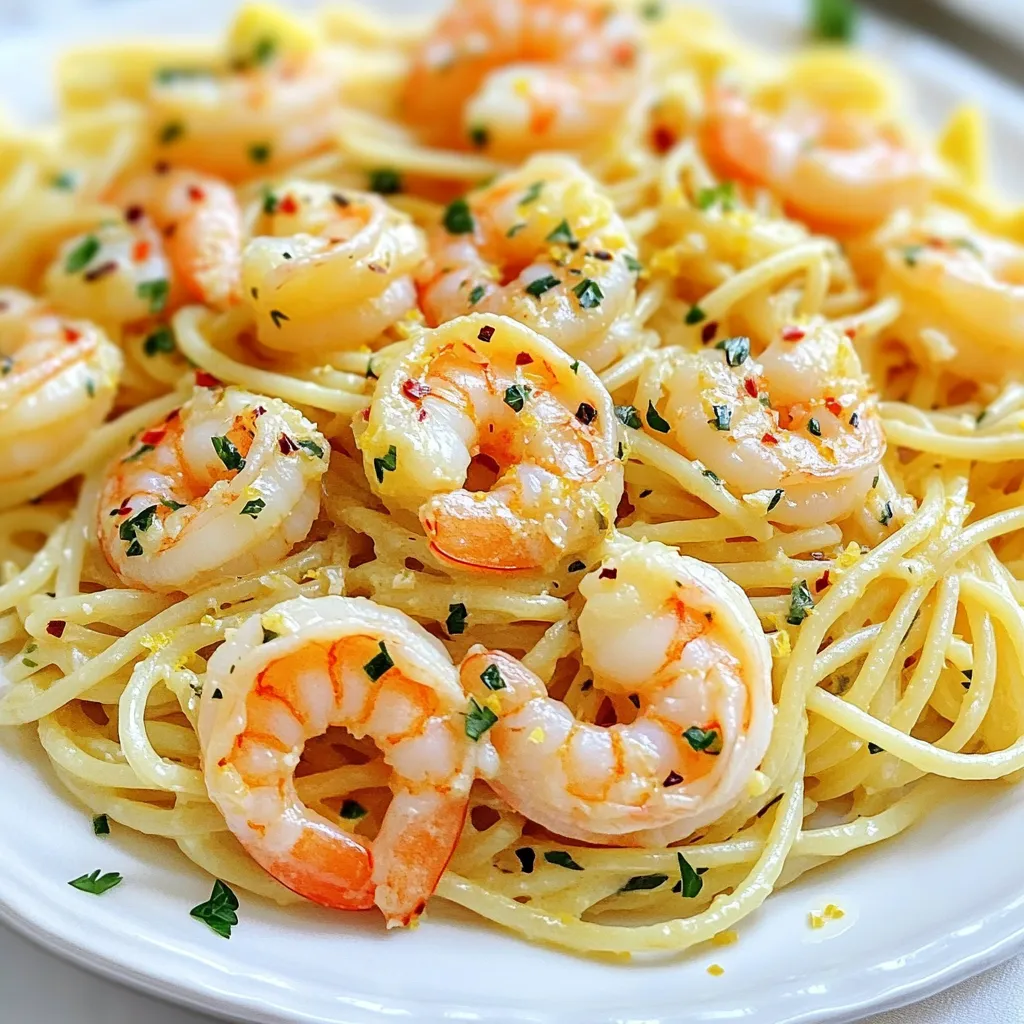
Variations
Substituting Pasta Types
You can switch up the pasta type in this dish. Use spaghetti, linguine, or even penne. Each type brings a different texture. If you want something gluten-free, try rice noodles or zucchini noodles. Just adjust the cooking time to avoid mushiness.
Adding Vegetables
Adding vegetables boosts flavor and nutrition. Consider using spinach, cherry tomatoes, or bell peppers. Sauté them with garlic for a few minutes before adding the shrimp. This adds bright colors and a fresh taste. You can also toss in asparagus or broccoli for extra crunch.
Creating a Creamy Sauce Option
For a creamy twist, mix in heavy cream or cream cheese. Start by adding these after sautéing the shrimp. Stir until melted, then mix with the pasta. This gives a rich and smooth sauce. You can also add a splash of white wine for depth.
Storage Info
Storing Leftovers
After enjoying your lemon garlic shrimp pasta, store any leftovers in an airtight container. Keep it in the fridge. It’s best to eat it within three days for the best taste and texture. Make sure to let the pasta cool completely before sealing it up. This helps prevent moisture buildup.
Reheating Instructions
To reheat the pasta, place it in a skillet over medium heat. Add a splash of water or extra olive oil to help it warm up. Stir often to heat evenly. You can also use the microwave. Just cover the pasta with a damp paper towel to keep it moist. Heat in short bursts, stirring in between until it's hot.
Freezing Tips
If you want to freeze the lemon garlic shrimp pasta, place it in a freezer-safe container. It can last for up to two months. However, the shrimp may not have the same texture when thawed. When ready to eat, thaw it in the fridge overnight. Reheat gently to avoid overcooking the shrimp.
FAQs
Can I use frozen shrimp for this recipe?
Yes, you can use frozen shrimp. Just thaw them first. Place the shrimp in cold water for about 15 minutes. It’s quick and easy. Once thawed, peel and devein them if needed. Then, you can cook them as you would fresh shrimp in this recipe.
What can I substitute for butter?
If you want a butter substitute, try olive oil. It gives a nice flavor and is healthier too. You can also use coconut oil for a different taste. Both options work well with the garlic and lemon.
How can I make it spicier?
To add heat, increase the red pepper flakes. Start with a little more and taste as you cook. You can also add chopped fresh chili peppers for extra spice. Another option is to use a spicy olive oil to drizzle on top before serving.
In this post, I covered key ingredients, step-by-step cooking, and helpful tips. You learned how to prepare pasta, cook shrimp, and enhance flavors. Variations let you customize your dish with different pasta or spices. Storing and reheating your leftovers ensures nothing goes to waste. Remember, cooking is fun, and you can experiment. Enjoy your meal, and don't shy away from making it your ow

Lemon Garlic Shrimp Pasta
Ingredients
- 8 ounces spaghetti or linguine
- 1 pound large shrimp, peeled and deveined
- 4 cloves garlic, finely minced
- 1 lemon zested and juiced
- ¼ cup unsalted butter
- ¼ cup extra virgin olive oil
- ¼ teaspoon red pepper flakes
- to taste sea salt
- to taste freshly cracked black pepper
- ¼ cup fresh parsley, coarsely chopped
- optional freshly grated Parmesan cheese for serving
Instructions
- In a large pot, bring salted water to a roaring boil. Add the pasta and cook following the package instructions until al dente. Before draining, reserve 1 cup of the starchy pasta water and then drain the remaining water.
- In a large skillet set over medium heat, melt the unsalted butter and drizzle in the olive oil. When the mixture is hot and shimmering, add the minced garlic and red pepper flakes. Sauté for about 1 minute, stirring frequently, until the garlic is fragrant but not browned.
- Add the peeled and deveined shrimp to the skillet. Season generously with sea salt and freshly cracked black pepper. Cook the shrimp for approximately 2-3 minutes on each side, or until they turn a vibrant pink and are cooked through.
- Reduce the heat slightly, then pour in the freshly squeezed lemon juice and sprinkle the lemon zest over the shrimp. Stir well to combine, making sure to scrape up any delicious brown bits stuck to the bottom of the pan.
- Gently add the drained pasta to the skillet, followed by half of the reserved pasta water. Toss everything together to ensure the pasta is well coated in the buttery lemon sauce. If the mixture seems dry, gradually add more of the reserved pasta water until a silky sauce forms that clings to the pasta.
- Remove the skillet from the heat and fold in the chopped parsley for a burst of freshness and color.
- Taste and adjust the seasoning with extra salt and pepper if needed. Serve the pasta immediately while hot, garnishing with freshly grated Parmesan cheese on top, if desired.

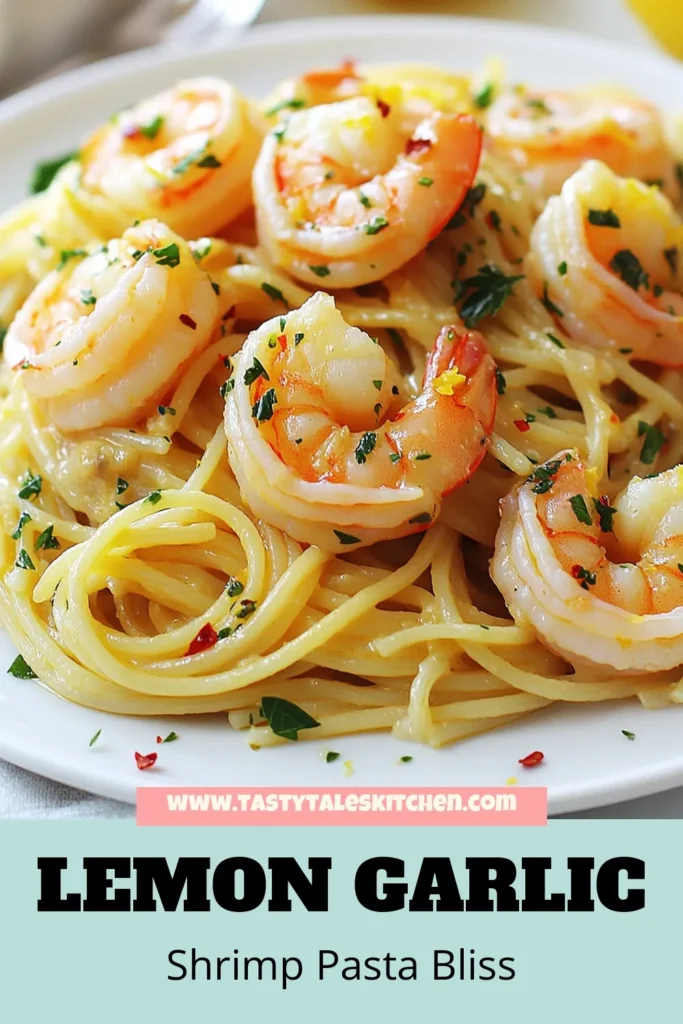
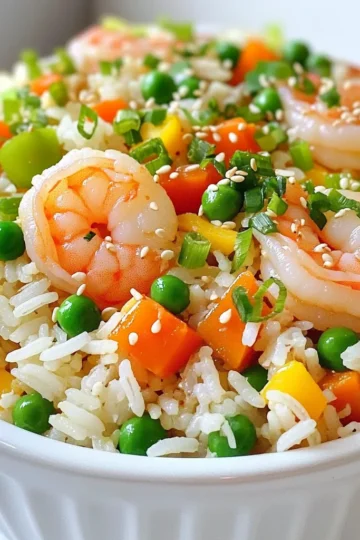
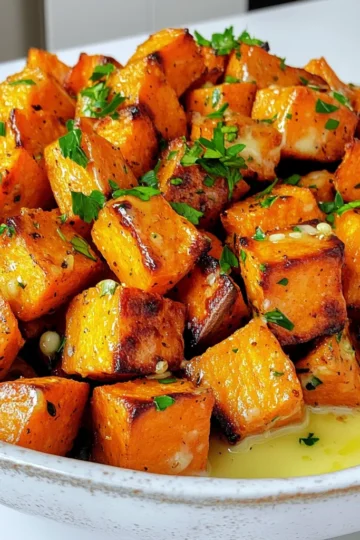
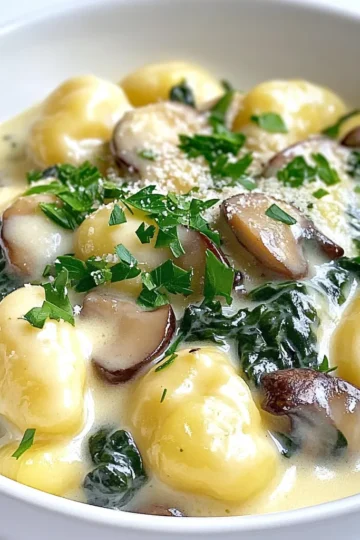
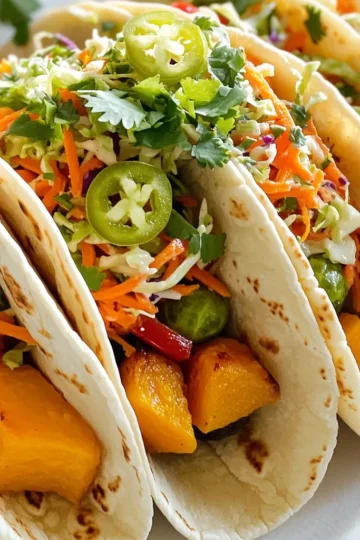
Leave a Reply